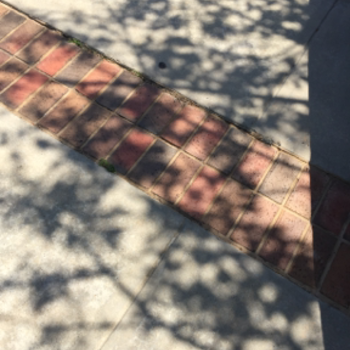The rate of rotation of a solid disk with a radius of 2 m and mass of 2 kg constantly changes from 5 Hz to 9 Hz. If the change in rotational frequency occurs over 4 s, what torque was applied to the disk?
1 Answer
Jan 21, 2018
Explanation:
The applied torque is
The reaction to this torque is
The magnitude of the torque is:
where
Substitute
To generate this toque, you need a force

